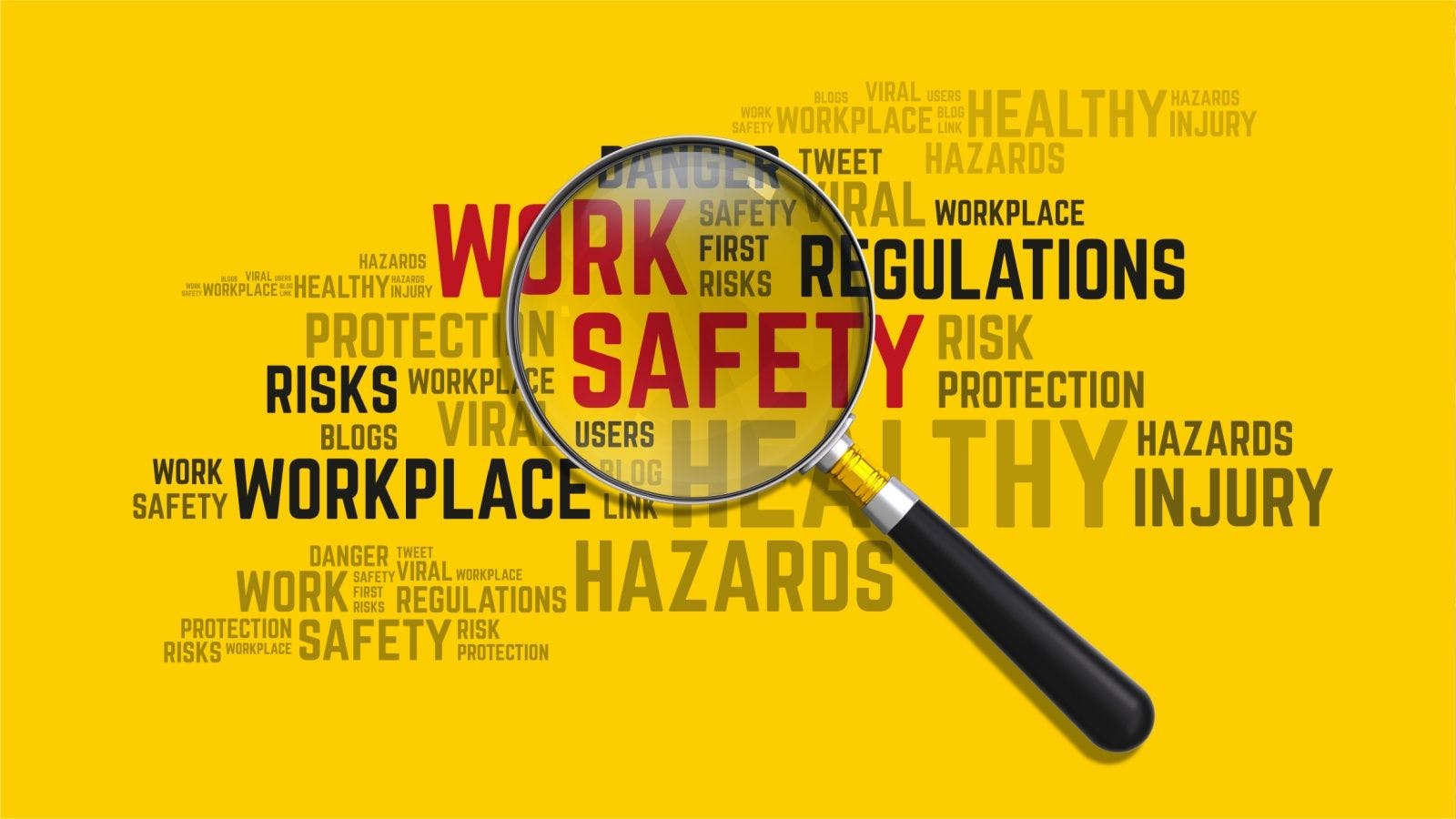
Bonding Design-Build Contracts
Contractors that enter into design-build contracts can significantly increase their risk by taking on the design responsibilities for a project.
When required to bond, design-build contractors may not be fully aware that a bond guarantees all the terms of the underlying design-build contract, including subjective design requirements. If there are unknown terms and conditions in a design-build contract that are being bonded and guaranteed, the design-build contractor could fall into a financial compliance trap.
Today, there is a growing trend for owners to push erroneous design-build contractual terms and conditions onto design-build contractors that are well beyond what is reasonable and insurable. More commonly, design-build contracts are going well beyond the traditional standard of care and seeking to hold design-builders liable for all design defects regardless of whether the design-builder was negligent or not.
These “non-negligent” liability requirements often expand the design-builders’ exposure to liability assumed through the:
- definition of the Standard of Care;
- indemnity provisions; and
- warranty obligations.
Contractors that know how to evaluate and manage the inherent risks in the standard of care, indemnity and warranty contract provisions will allow a design-build contractor to be successful and prosper. There are several reasons why bonding these elements of design can be problematic.
Standard of Care
Design-build contractors are increasingly required to broaden their standard of care by being required to perform to either a “higher,” the “highest” standard of care, or to produce design documents that are “free from defect.” These words are tricky because:
- they are inconsistent with the applicable “common” standard of care for design professionals; and
- professional liability insurance does not cover claims and damages if the insured design-builder has contractually agreed to an elevated standard of care.
Professional liability insurance provides coverage for damages from negligent acts caused by the errors or omissions of a design-builder’s failure to meet the common law standard of care. Even if the design-builder is not negligent, professional liability coverage will not extend if the design-builder contractually agreed to but did not meet the higher level of care unreasonably imposed by the owner.
More alarming, when bonding a higher standard of care, the design-build contractor is guaranteeing with the bond that a higher standard of care will be met.
Indemnity Provisions
Frequently, owners are adding to indemnity provision requirements that the design-builder assume responsibilities to indemnify the owner for “errors, omissions, inconsistencies or other defects” in a project design. This may include a design-builder being required to “release, protect, defend, indemnify, and hold harmless upstream parties from and against any and all claims, causes of action, suits and judgments,” including design defects.
Taking on liability for non-negligent design errors and providing protection to others that are non-design professionals unfortunately is also not insurable with Professional Liability coverage. Therefore, if the design-build contract with uninsured indemnity provisions is bonded, the design-builder may unintentionally be required to self-finance the defense and indemnity of upstream parties.
Warranty Obligations
Traditionally, owners require the design of work to be performed in accordance with “good industry practices.” This does not include a warranty of design.
Owners are now regularly insisting on increasing warranties to include “fitness,” “suitability for purpose,” “reasonable” fitness or suitability or “intended use.” Additionally, design-builders may be required to warrant efficiency guarantees and designs “free from defects.” These are all subjective and vague requirements that often cannot be met or insured.
Design-builders should modify these types of extended warranty terms in exchange for contract terms that grant the design-builder an affirmative defense that non-negligent designs were state of-the-art at the time the design-builder provided them to the owner. The design-build contract should carefully define the intended purpose and end use of the project, and the warranty obligations should be void if the owner changes the purpose or end use.
Again, bonding unattainable and uninsurable warranty provisions opens the financial wallet of the design-build contractor.
Recommendations
To effectively and fairly manage risk and expectations of duties and responsibilities, it is recommended that design-build contractors accurately and clearly state the expected level of professional standard of care in the design-build contract.
Second, design-build contractors should insist on having a bifurcated indemnity provision that separates the design obligations from the construction obligations so both can be achieved and properly insured.
Third, warranty provisions in design-build contracts should be tailored to be reasonable on the design-build contractor and appropriately shared with the related product manufacturers on the project.
Last, when bonding design-build contracts, avoid guaranteeing non-negligent design elements in the definition of the standard of care, indemnity provisions or warranty obligations. Non-negligent requirements are uninsurable and put the design-builder’s financials at risk.
Related stories








